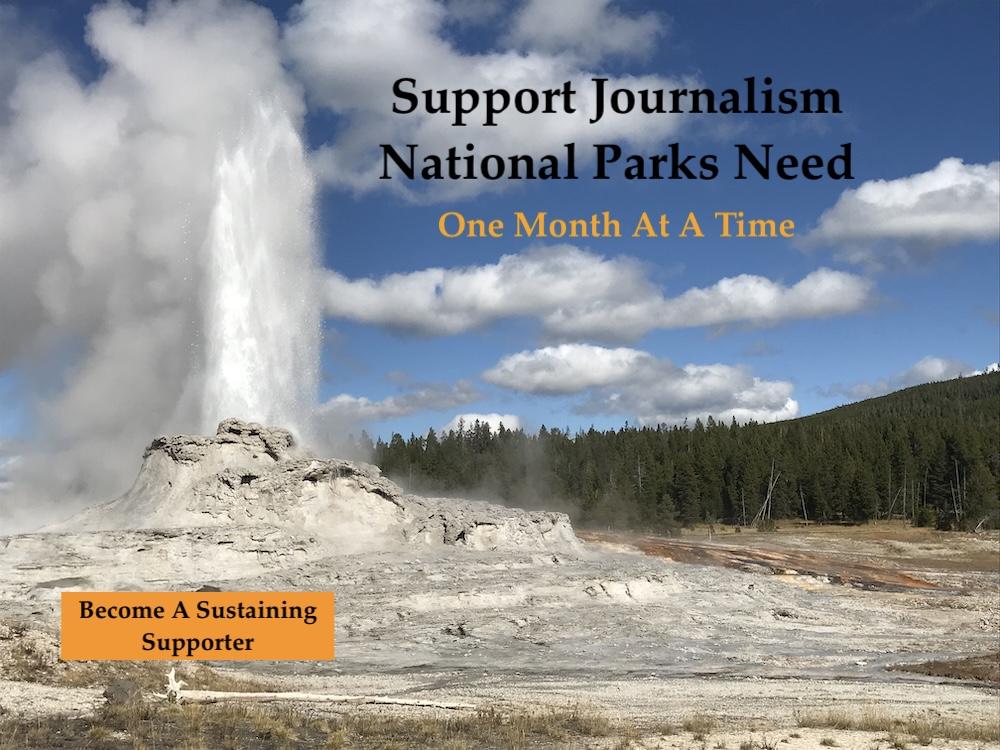
This opportunity arises as Big Cypress officials develop a management plan for 147,000 acres known as the "Addition" lands. Located in the preserve's northeastern quadrant, the Addition came to Big Cypress in 1996 as part of a land swap with the Collier family. At the time the Addition was added to Big Cypress, it was placed off-limits to ORV travel and hunting until a management plan could be developed.
Well, Big Cypress officials finally are working on that management plan. However, there are concerns that the preserve's administration is leaning towards an alternative that would allow managed ORV trails to be cross-stitched across those 147,000 acres.
Currently, the preserve is taking public comment on six preliminary alternatives, one of which is a "no action" alternative. Once a set of alternatives has been settled upon, Big Cypress officials will draft a general management plan for the Addition and then conduct an environmental impact statement on the various alternatives.
But the preserve's assistant superintendent already has indicated that the park would like to see a managed ORV trail system through the Addition, Matthew Schwartz, the political chairman of the Sierra Club of Broward County, told me today.

When following this story, it's important to remember that earlier this year preserve officials seemingly went out of their way to open up the Bear Island Unit of Big Cypress to ORV traffic despite studies that indicated ORVs disturb panthers and despite a request from the U.S. Fish and Wildlife Service that preserve officials study possible impacts of ORVs on panthers in Bear Island before they lifted the closure.
It's also important to realize, as the accompanying pictures show, that the ORVs we're talking about are not all your typical, run-of-the-mill ATVs one thinks about when ORVs are mentioned.
"These things are homemade, they use a combination of parts," explains Mr. Schwartz. "It takes $25,000, $30,000 to put these things together."
Additionally, the ruts these behemoths create can swallow smaller ATVs, which forces those machines to expand trails by seeking untrammeled ground, he adds.
Now, the management alternative Mr. Schwartz prefers can be found in Preliminary Alternative F. It proposes to set aside 109,000 of the 147,000 acres in the Addition as designated wilderness with no motorized access; provide for new access points for foot traffic off Interstate 75 at mile markers 51 and 63; allow existing in-holders to remain, and; ban ORV use.
Preliminary Alternative A, the no action alternative, provides for no official wilderness designation and no motorized use.
Preliminary Alternative B would set aside 50,000 acres as wilderness and establish up to 139 miles of designated ORV trails.
Preliminary Alternative C would set aside 69,000 acres as wilderness and establish up to 131 miles of ORV trails.

Preliminary Alternative E would set aside 109,000 acres as wilderness and create up to 37 miles of wilderness.
To see additional details of each preliminary alternative, visit this site.
At a time when development is erasing more and more of this country's natural landscape and when human pressures are turning national parks into isolated islands that threaten to endanger genetic diversity, it seems that Preliminary Alternative F is not only a reasonable alternative but the most reasonable alternative.
Public comment on the alternatives that will be included in the draft general management plan is being taken through June 15th. Study the preferred alternatives and file your comments before June 15th.

 Support Essential Coverage of Essential Places
Support Essential Coverage of Essential Places







Comments